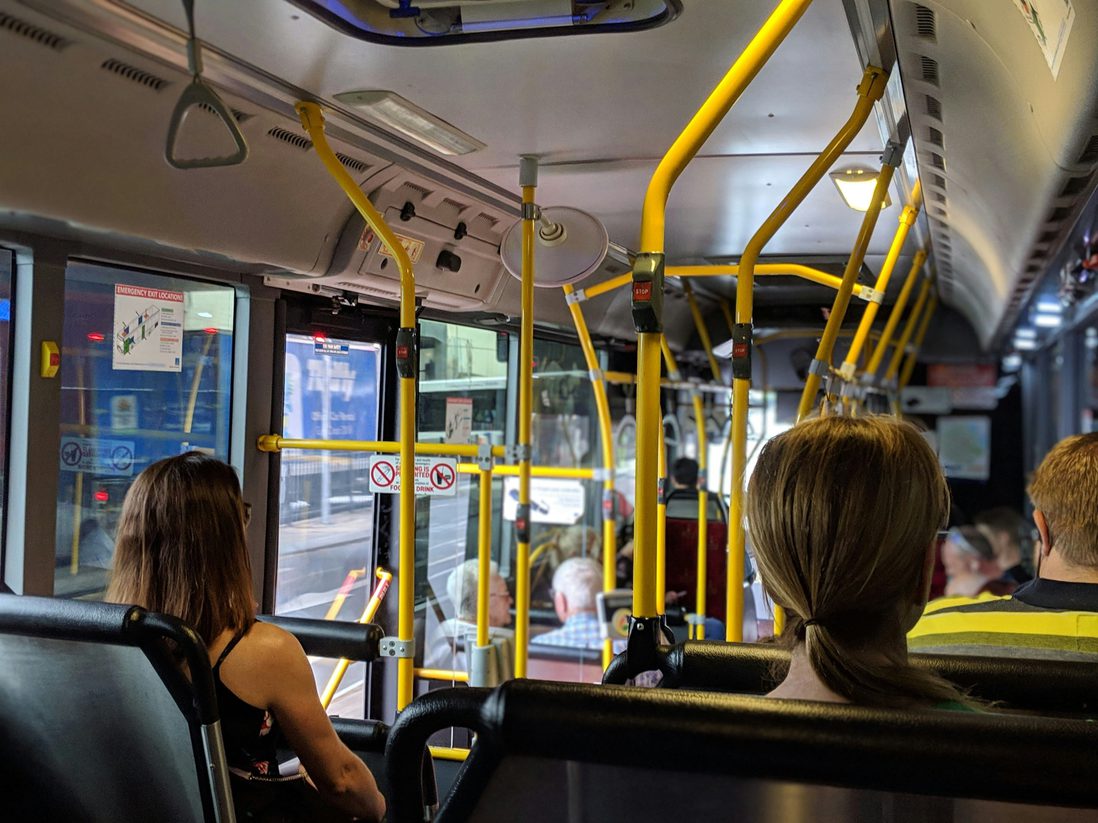Ready for 2026: 3 mobility moves every HR and fleet leader must nail to win talent
Employee mobility is changin fast… in this guide, we break down the top three mobility priorities for 2026 to help you create strong programs for the year ahead.
As more organisations in Belgium evaluate or introduce the mobility budget, one question keeps coming up. What does the mobility budget actually cost our company, and what value does it deliver?
Calculating the total cost of ownership (TCO) for a traditional company car is simple. Expenses are predictable and largely fixed. A mobility budget, on the other hand, spans multiple transport modes, providers, and tax rules. This comes with a lot of flexibility, but it also creates complexity when having to understand the real costs.
As such, understanding the TCO of the mobility budget in Belgium is essential before making strategic decisions. For instance, it allows you to design fair and balanced mobility policies while reducing the risk of overcompensating employees. A clear view of TCO also helps you compare the mobility budget with traditional company car plans. This ensures that employees receive fair benefits, regardless of the mobility option they choose.
Ultimately, understanding TCO supports better long-term planning and helps companies transition toward a future-ready mobility strategy. So, before you start calculating numbers, you must define what to include in the cost picture.

Total cost of ownership (TCO) refers to the actual costs associated with providing mobility to an employee. It includes direct expenses, such as leasing or charging a car. However, it also covers the indirect costs related to managing and maintaining mobility solutions over time.
As such, TCO adds a new layer of complexity in the era of mobility budgets.
A typical company car carries a predictable monthly leasing cost. With the mobility budget, companies now need to track several smaller interactions. These include train subscriptions, bike leasing, payments for mobility apps, car sharing, and reimbursements. For each of them, there are different tax implications.
To build an accurate view of the TCO, companies need to consider all components: financial, operations, and fiscal.
1. Direct vehicle costs
While the mobility budget includes several cost aspects, cars remain part of the equation. For example, employees may choose a low- or zero-emission company car.
In such cases, direct car costs include leasing, fuel or electricity, insurance and maintenance, vehicle registration, and road taxes. These are the most visible and easiest to quantify, and often form the baseline for TCO calculations in Belgium.
2. Indirect and operational costs
Looking at the indirect costs, this is where most organisations underestimate their total cost. Indirect costs typically include:
For companies that opt for more flexible mobility solutions, these costs can add up to a high percentage of the overall cost.
3. Mobility budget components
The mobility budget in Belgium rests on three pillars that determine which costs are acceptable and therefore influence TCO.
Each of these pillars comes with its own fiscal rules. That means the TCO will vary depending on how employees choose to spend their budget.
4. Tax and social security impacts
While all components influence TCO, taxation and social security rules play a defining role in the final cost. For company cars, employees are taxed on a benefit-in-kind. Employers, on the other hand, face non-deductible expenses such as leasing, insurance, and fuel. These expenses increase total employer costs and reduce employees' net benefit.
With the mobility budget, this changes. Many of its components are exempt from taxes and social contributions to some extent. This is especially true for costs associated with sustainable transportation. Some expenses are also VAT-deductible.
A well-structured mobility budget can provide the same value as a company car. It does this at a lower cost for the employer and offers a greater benefit for the employee. The system aims to be financially neutral. However, in practice, finding the right mix of sustainable options often makes it more cost-efficient overall.
5. A conceptual example
To make the TCO breakdown of the mobility budget more tangible, let's look at a simplified comparison.
Imagine a company that allocates €800 per month for a mid-range company car. Under the company car policy that budget would cover:
This comes at a total employer cost of about €800 with limited flexibility for the employee.
Now, looking at the mobility budget, this same amount could instead cover:
If employees use their mobility budget mainly for sustainable options, these are primarily exempt from tax and, in some instances, even VAT-deductible. Potentially, this reduces the employer's real costs to roughly €750, depending on the tax rules for each component.
Meanwhile, employees can enjoy much greater flexibility than under a car-only policy. It is worth remembering that the remaining budget converts into a cash payout and becomes subject to social contributions. The net value will be lower, and there's no fiscal advantage to gain.
This example clearly shows why tracking and optimising TCO is so essential. Companies can only understand the actual financial impact of their mobility budget by adding all costs across cars, mobility services, and tax rules.

Before diving into formulas and spreadsheets, it's essential to clearly define what belongs in the total cost picture. Without that basis, TCO calculations can lead to misleading outcomes.
Understanding the TCO framework first ensures that you compare mobility options fairly, account for indirect and administrative effort, and recognise tax rules. It also supports more consistent decision-making and gives employees better control and predictability as mobility needs evolve. In short, clarity comes before calculations.
Once you've mapped all cost drivers discussed earlier, you can shift your focus toward modelling and scenario planning. This foundation is particularly valuable for employers in Belgium who want to introduce flexible mobility options without compromising financial control or transparency.
This article is part of a three-article series about the total cost of ownership for the mobility budget. In the following article, we will dive into the actual TCO calculations in Belgium, including formulas to help you calculate the TCO of mobility and benchmark your fleet strategy.
Employee mobility is changin fast… in this guide, we break down the top three mobility priorities for 2026 to help you create strong programs for the year ahead.
In the final article of our TCO series, we show how to apply the two mobility budget formulas step by step in a Belgian context. Learn how to map employee spending, apply tax and VAT rules, factor in indirect costs, and compare outcomes with a company car. The result is a practical method to turn TCO calculations into clear, data-driven mobility decisions.
In this second article of our TCO series, we move from theory to practice. You will discover two complementary formulas that help employers calculate, compare, and optimise the real cost of the mobility budget. Learn how to assess cost neutrality versus company cars, understand the impact of the three-pillar system, and gain a more accurate view of actual employer costs.